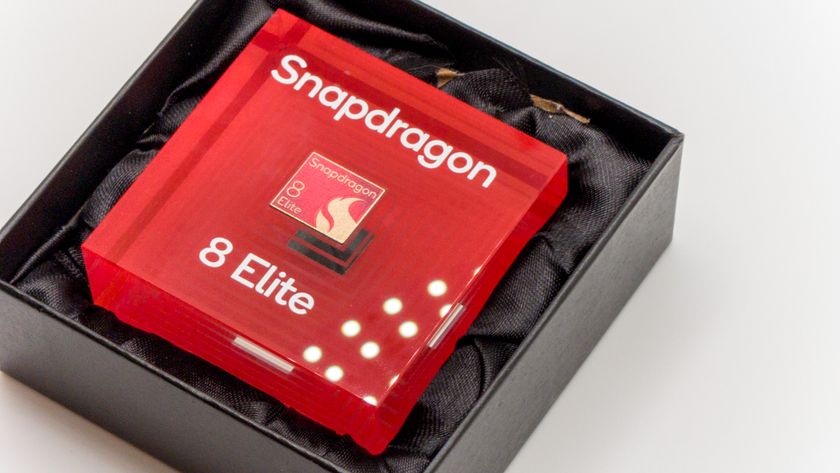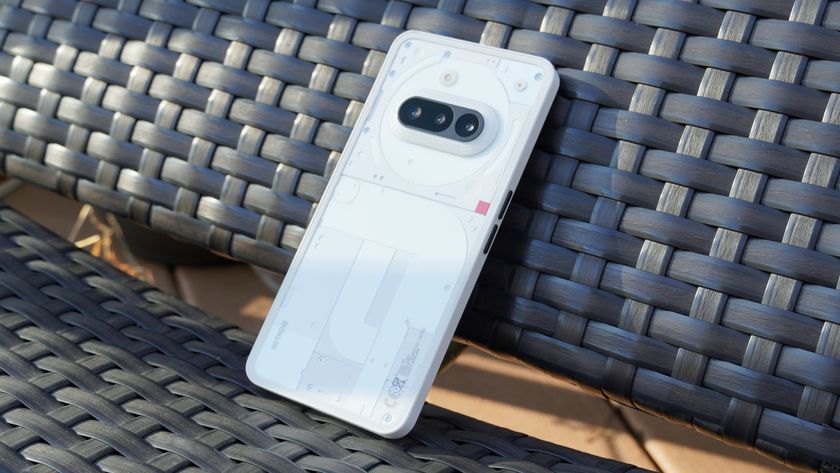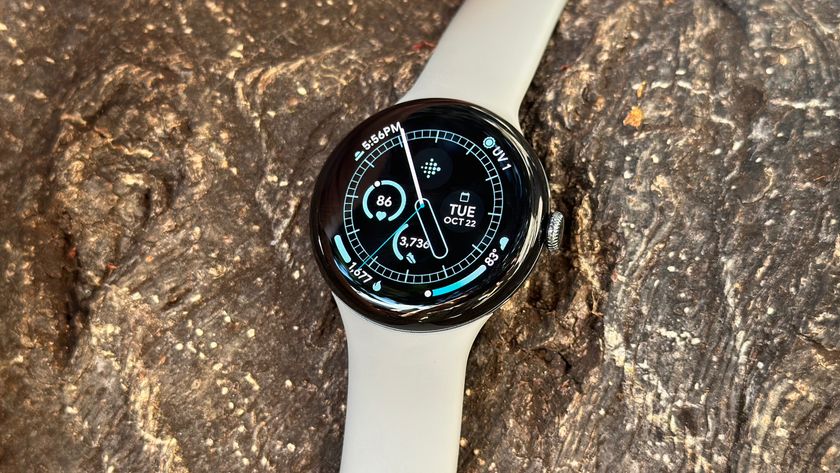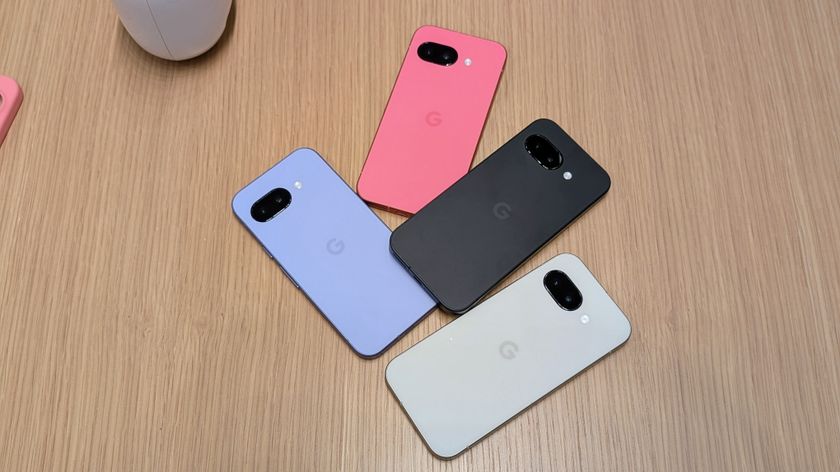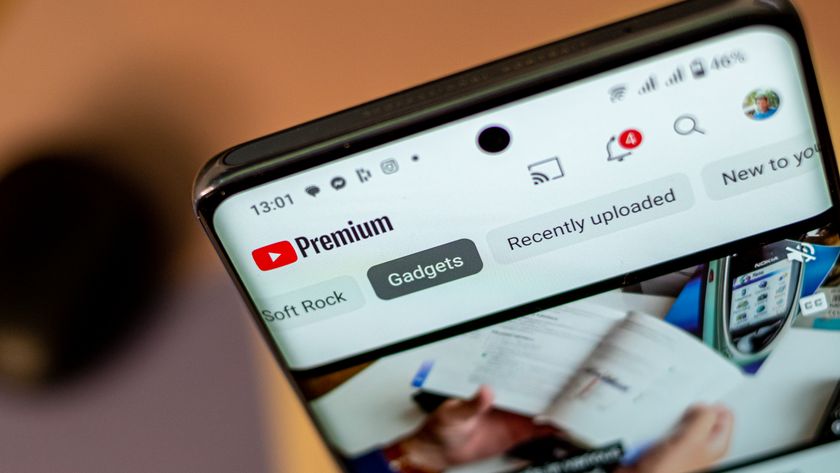Why my dual-core S4 is as good as your quad-core
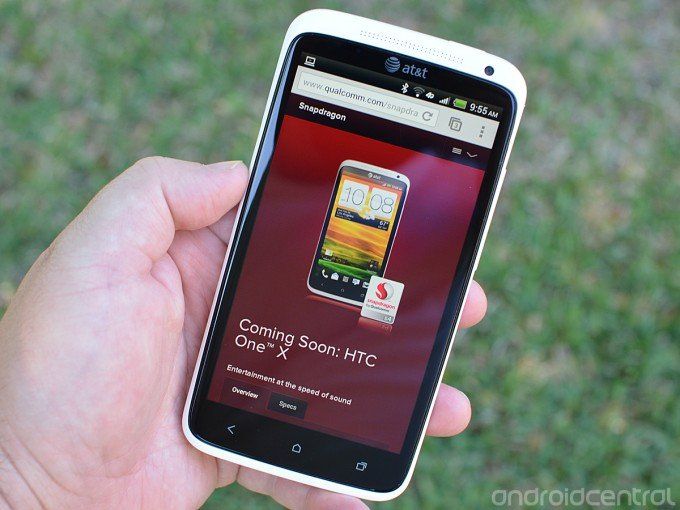
My dual-core S4 is as good as your quad-core. No really, it is. Qualcomm recently (OK, maybe not that recently) announced the S4 Snapdragon with Krait CPU. More recently Samsung announced the Exynos 4 Quad (confirmed to power the "next Galaxy"), and we've already seen what the Tegra 3 from NVIDIA can do. Why, then, is the S4 as good as these quad-cores? Put simply, you get all the performance of the quad-core (and then some), plus amazing battery life. We've seen video proof of the performance. With the S4 Qualcomm has introduced a new architecture, and it's cutting edge. It's based on the same instruction set as the new ARM A15 processors, which gives it a significant advantage over it's competitors. It will do tasks faster, and more efficiently than the rest of the current generation hardware.
Based on a 28nm (nanometer -- a unit of measurement) production process, the Krait CPU is powerful, and power efficient. The "pipe" (the electronic path that data flows through) has been widened and lengthened, which allows it to chew through more instructions at any given time. How many more? Up to 50% more than the old Scorpion cores we find in phones like the HTC EVO 3D and others from last year. Qualcomm claims up to a 30% improvement on the A9 based core used in the current generation Exynos, OMAPs, and Tegras of the world. Keep in mind that these are per core numbers, which is why a dual-core can keep up with a quad-core. When each core can perform 30 to 50 percent better, that means you don't need as many to do the same amount of work.
OK, so performance is awesome, but that's not all. Battery life is also substantially improved. All the power-saving improvements you hear about new quad-core processors are there, and more because of the smaller production die, and you're also running two cores instead of four. I'll leave it to Phil's AT&T One X review to show you just how much improvement there is, but it should be substantial. And this is with LTE, which is built-in to the S4, giving us very tangible benefits to battery life over every previous LTE enabled phone we've seen.
So performance is just as good overall and battery life should be better. The moral of the story? The number of cores isn't the whole story. How the device performs in your hand is. It's a topic we've been discussing at length in the Android hardware forums, and if you're interested in some serious tech-talk (or just want to learn what all those letters and numbers mean) you really should dive in and join us.
Qualcomm S4 Krait hardware breakdown | Read the AT&T HTC One X review
Be an expert in 5 minutes
Get the latest news from Android Central, your trusted companion in the world of Android

